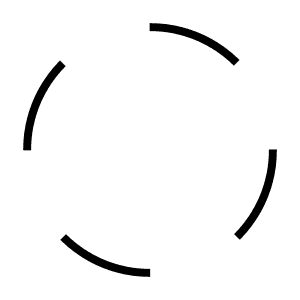Ark Hive of A Live is a set of recordings by Andrew Poppy, along with a 128 page PDF, including writing by Andrew Poppy, an introduction by Paul Morley, other writing by Leah Kardos, Nik Bärtsch and Rose English and archival photographs.
Andrew Poppy developed Ark Hive of A Live as a place for unreleased music from the 80s 90s 00s and 10s. ‘Live’ in the title indicates these works originated in public performance as opposed to the recording studio — however, these live recordings have been processed, and while they remember their original acoustic vibration are now transformed, transplanted and almost the same.
Ark Hive of A Live isn’t a box set ‘best of’ or mini series. Each disc has been ordered to play like an album, with an indelible ‘suite-like’ order, even if many of the pieces were written at different times and with different production details. Volumes 1 to 4 are focused respectively on: the orchestra with a soloist; a collection of vocal pieces, for ensemble or orchestra; music written for independent ensembles; and the contrast between acoustic music and music which creatively exploits electrical and electronic technology.
The Ark Hive is an ironic meditation on the archive. It brings together element of biography and materials from a lifetime of creative endeavour in sonic, language and visual forms. Tracks, writings, performance photographs and scores: 1+1+1+1 = Ark Hive. The project holds it all together with some irony, because it is aware of the absurdity of the enterprise but plows ahead relentlessly anyway
---
Performers include:
Andrew Poppy, Sustaining Ensemble, Noszferatu, Crash Ensemble, CoMA Ensemble, Roger Heaton Group, John Harle, Simon Haram, Darragh Morgan, Tania Chen, Kädy Plaas, Margaret Cameron, Ashley Slater, Peter Sidholm, BBC Concert Orchestra, ROH Garden Venture Ensemble, Estonian Male Choir, Royal Liverpool Philharmonic Orchestra.
The live recordings in Ark Hive of A Live are connected with various images and writings collected in the PDF, which contains the following:— An introduction by Paul Morley, who helped release Andrew’s first albums on ZTT Records in the 1980s.— Invited writing by Leah Kardos, Nik Bärtsch and Rose English, responding to different aspects of the Ark Hive collection.— Writing by Andrew: introducing and reflecting on the Ark Hive project; overviews of each of the four volumes of music; writing on each composition, including programme notes, lyrics, poems, prose poems, librettos, performing instructions; and thoughts on his life and work as a composer, performer and creative artist.— The Image Ark: 38 photographic images, with complementary text by Andrew and credits/captions.— Discography Backwards: writing by Andrew, reflecting on each of his album releases.— Discography Forwards: summarising compositions and musician credits.
---
“Freely drawing from the sounds of contemporary classical, experimental, jazz and pop music, and moving confidently between forms and formats, from concert music to pop records, operas and oratorios, dance and film soundtracks, Andrew Poppy’s diverse oeuvre resists easy categorisation … An elegantly generous (or stubborn), genre-indifferent (or should that be style-inclusive?) approach that flies in the face of putrefying compositional tradition, and any rules or anxieties over low vs highbrow, tonal vs textural, serious vs popular, acoustic vs electroacoustic; artfully dodging conspicuous intellectualism and side-stepping the class-political airs of contemporary classicism. Poppy’s denial of boundaries not only frees his music to be what it wants to be, it gives his music freedom to explore the uncanny territories and tensions that live in the in-between. Replacing polarities with multiplicities.” — Leah Kardos, from the Ark Hive of A Live book
---
Music by Andrew PoppyWriting by Andrew Poppy, Paul Morley, Leah Kardos, Nik Bärtsch and Rose EnglishMastered by Stephan MathieuDesign by David Caines








